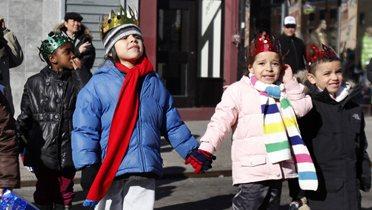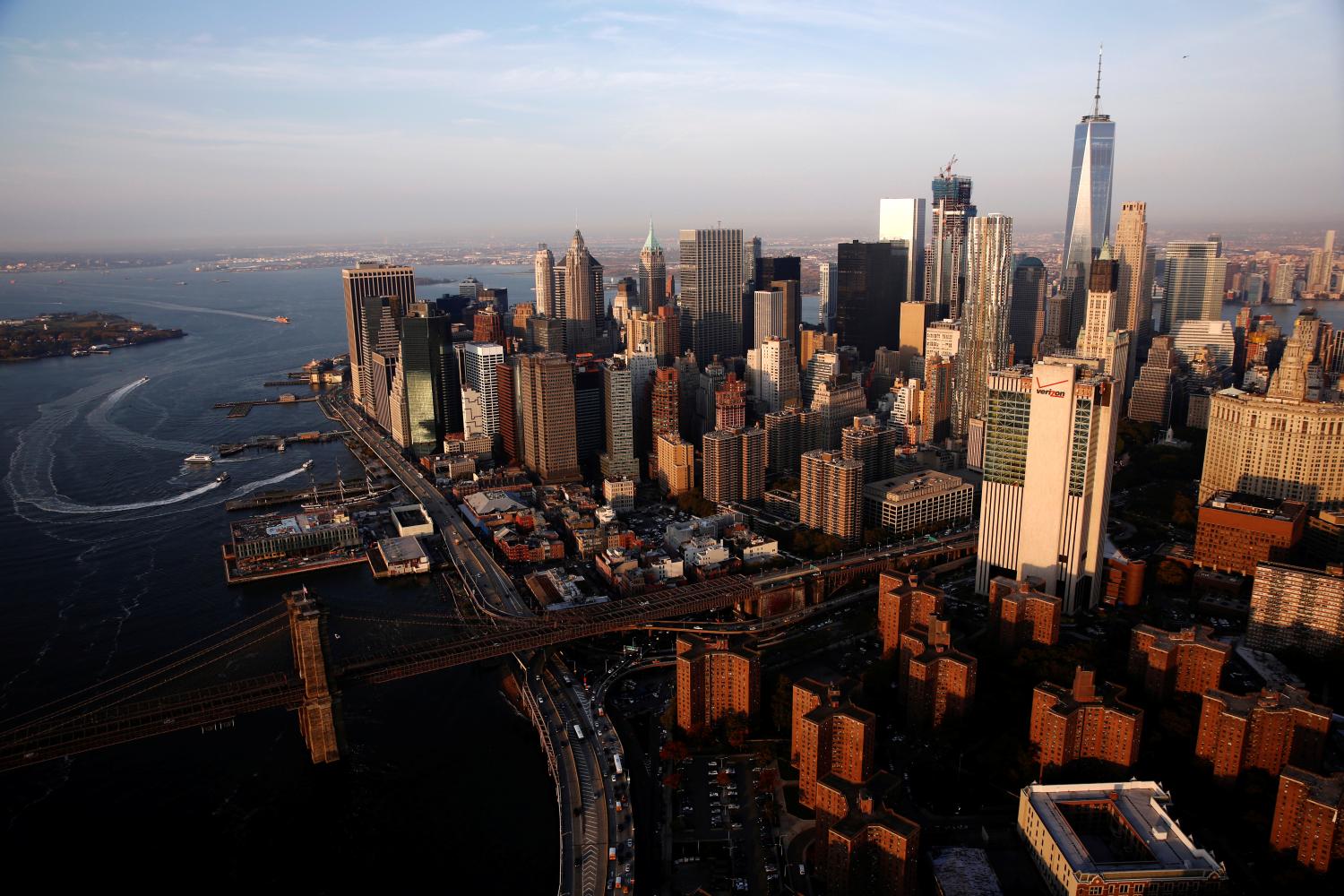For some time, Americans have been aware that “new minorities”—particularly Hispanics, Asians, and people of more than one race—are becoming a more important part of our nation’s social fabric.
Initial results from the 2010 Census now make clear why the contributions of these groups are so important. With a rapidly aging white population, the United States depends increasingly on these new minorities to infuse its youth population—and eventually its labor force—with needed demographic heft and vitality.
This report provides an overview of changes in America’s child population in the 2000s, with an emphasis on the role of new minorities. This analysis uses data from the 1990, 2000, and 2010 decennial censuses and reveals that:
- New minorities—Hispanics, Asians, and other groups apart from whites, blacks, and American Indians—account for all of the growth among the nation’s child population. From 2000 to 2010, the population of white children nationwide declined by 4.3 million, while the population of Hispanic and Asian children grew by 5.5 million.
- In almost half of states and nearly one-third of large metro areas, child populations declined in the 2000s. White child populations dropped in 46 states and 86 of the 100 largest metro areas, but gains of new minority children forestalled more widespread overall declines in youth.
- In areas of the country gaining children, Hispanics accounted for most of that growth. Fully 95 percent of Texas’s child population growth occurred among Hispanics. Los Angeles was the only major metropolitan area to witness a decline in Hispanic children from 2000 to 2010.
- Ten states and 35 large metro areas now have minority white child populations. Child populations in the Atlanta, Dallas, Orlando, and Phoenix metro areas flipped to “majority minority” by 2010.
- Segregation levels for black and Hispanic children are higher than for their adult counterparts, despite a general reduction in segregation over the last 10 years. The average black or Hispanic child lives in a neighborhood where whites make up 10 percent less of the population than in the neighborhood of the average black or Hispanic adult.
The Brookings Institution is committed to quality, independence, and impact.
We are supported by a diverse array of funders. In line with our values and policies, each Brookings publication represents the sole views of its author(s).





